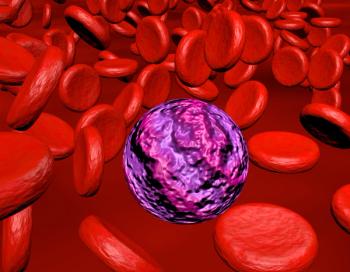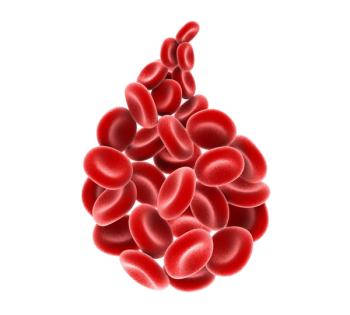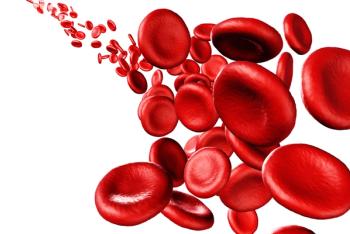
Oncology NEWS International
- Oncology NEWS International Vol 7 No 2
- Volume 7
- Issue 2
PSC833, a Multidrug Resistance Inhibitor, May Improve Efficacy of Chemotherapy in Elderly Patients With AML
SAN DIEGO-Up to 80% of newly diagnosed elderly acute myelogenous leukemia (AML) patients overexpress P-glycoprotein (P-gp), leading to multidrug resistance and a poor prognosis, said Dr. P. Sonneveld, University Hospital, Rotterdam, in a presentation at the American Society of Hematology (ASH) annual meeting.
SAN DIEGOUp to 80% of newly diagnosed elderly acute myelogenous leukemia (AML) patients overexpress P-glycoprotein (P-gp), leading to multidrug resistance and a poor prognosis, said Dr. P. Sonneveld, University Hospital, Rotterdam, in a presentation at the American Society of Hematology (ASH) annual meeting.
The addition of a P-gp inhibitor to standard chemotherapy regimens may prevent multidrug resistance in these patients and lead to an improved response to treatment.
In their dose-finding study, Dr. Sonneveld and his colleagues determined the optimum daunorubicin (Cerubidine) dose to be used in conjunction with cytarabine and PSC833, a P-gp inhibitor, in elderly AML patients.
The study included 39 patients over age 60 with newly diagnosed AML, 19 given 35 mg/m2 of daunorubicin on days 1 to 3, and 20 given a 45 mg/m2 dose. PSC833 was given at a daily IV dose of 10 mg/kg on days 1-4, and cytarabine was administered at 200 mg/m2 on days 1 to 7. Steady state PSC833 blood levels exceeded the level required for inhibition of P-gp, Dr. Sonneveld said.
Although the higher daunorubicin dose produced a higher complete response rate (60% vs 42% with the lower dose), it came at the cost of increased toxicity. Seven of the patients on the higher dose died of drug-related complications, all while in complete remission, compared with two on the lower dose. Thus, 35 mg/m2 was established as the daunorubicin dose to be used in a randomized controlled phase III trial of PSC833. This study proves the safety of PSC833 in combination with chemotherapy in elderly patients with AML, Dr. Sonneveld said.
The researchers also analyzed P-gp expression in 33 patients and found that those who were P-gp positive were just as likely to achieve a complete response as those who were P-gp negative. Thus, use of PSC833 appeared to overcome the negative prognostic effect of P-gp overex-pression.
Unlike standard treatment, which is less effective in patients with high levels of P-gp, this regimen combining PSC833 with chemotherapy at a reduced dose was equally effective in patients with and without high P-gp levels, Dr. Sonneveld concluded.
Articles in this issue
almost 28 years ago
Tobacco Companies Reach Settlement With Texas for $15.3 Billionalmost 28 years ago
Archives to Collect Info on Radiation Exposure Worldwidealmost 28 years ago
Few BRCA-1 Carriers Take Recommended Precautionsalmost 28 years ago
Lifelong Weight Control a Key to Breast Ca Preventionalmost 28 years ago
Eight-Year Prostate Brachytherapy Update Shows Good Resultsalmost 28 years ago
Patient Brochure on Breast Cancer Tumor Markersalmost 28 years ago
Gay Men’s Health Crisis Calls for HIV Reporting in New Yorkalmost 28 years ago
Single-Agent Taxanes in Advanced Breast Cancer: A Commentaryalmost 28 years ago
ODAC Declines to Vote on DepoCyt FDA Recommendationalmost 28 years ago
Photofrin Approved for Early-Stage Lung CancerNewsletter
Stay up to date on recent advances in the multidisciplinary approach to cancer.


















































































